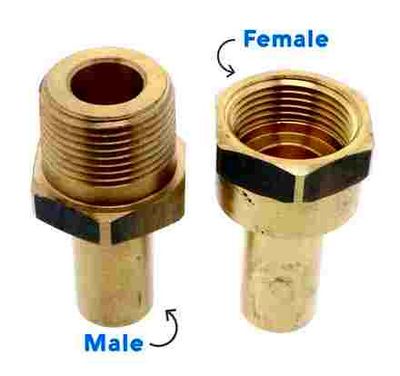A die cutting tool has a long body that centers the cutting bar and a ratchet that rotates it. The ratchet holder is equipped with a heavy-duty mechanism and is designed to work with pipes of various shapes and sizes. In this blog, we will walk you through the steps involved in threading a heating pipe using a ratchet holder and a cutting die.

Steps to Threading a Heating Pipe
Step 1: Prepare the Pipe
Before threading a heating pipe, ensure that it is clean and free of debris or any other foreign objects. Use a cleaning brush to clean the inside and outside of the pipe thoroughly. Additionally, inspect the pipe for any damage or cracks. Damaged pipes may not be suitable for threading since it can cause leaks.
Step 2: Select the Right Die
Choose a die that matches the diameter and thread type of your heating pipe. The die should fit snugly around the pipe and not be too loose or too tight.
Step 3: Secure the Pipe
Position the pipe firmly in a vise, ensuring that it is held tightly so that it does not move during the threading process. Alternatively, use a ratchet holder to hold the pipe in place.
Step 4: Start Cutting the Thread
Once you have secured the pipe, place the die over the surface you want to thread, and start turning the ratchet holder in a clockwise direction to start cutting the thread. Turn the ratchet holder in small increments, about 1/4 to 1/2 turn per rotation, then reverse the ratchet holder and turn it back about 1/8 to 1/4 turn, which will help cut the chip.
It is important to apply enough pressure to the cutting bar, and avoid using too much force or pressure as it may damage the cutting die or the pipe. Keep turning the ratchet holder until you have made a complete thread around the pipe.
Step 5: Clean the Threads
Once you have created the thread, use a pipe cleaner to remove any debris or metal shavings left behind. Clean the threads, and apply a lubricant to the threads before installing any fittings to avoid rust buildup, which may cause the threads to wear out quickly.
Conclusion
Threading a heating pipe may seem a simple task, but it requires patience and the right tools to make it successful. Using a ratchet holder and a cutting die is an efficient and effective way of creating threads on a pipe, especially when the pipe is located in a tight space.
Before threading a heating pipe, make sure you have the right tools and materials for the job. Additionally, practice safety measures to avoid injuries or damaging the pipe. With this guide, you can cut a perfectly threaded round screw pipe in no time.